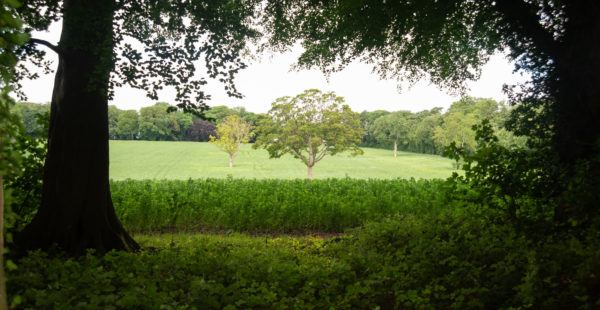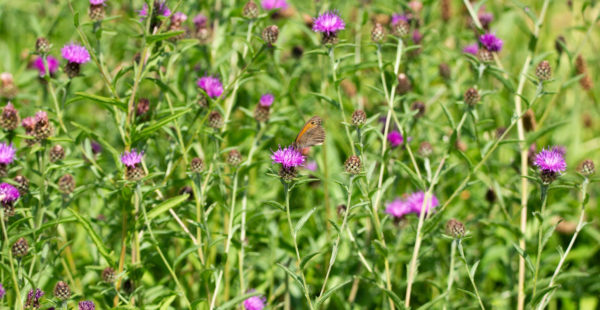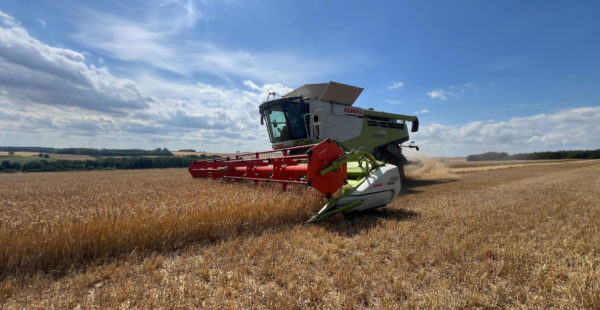Greeting our New Arrivals: a Catch-up with Philip
Meteorological summer is upon us. Over the last few weeks, a remarkably prolonged spell of dry spring weather finally relented and gave us some much-needed rainfall. Our pastures are greening up nicely and this has been good news for our herd of native-breed Lincoln Red cattle and their brand-new calves.
As we head into the final month of calving season, we caught up with Cattle Manager Philip Taylor to get all the fresh news from our summer pastures.
“We’re into the final push of the calving season,” said Philip. “We’re 80% done and we’re down to the last 18 cows with calves to come. There’s a normal bell curve. You get a few calves at the start, 60% in the middle and then a last few stragglers. We had two tour groups last week and you could hear all the oohs and aahs when they saw the pregnant cows that are just massive.
“It’s been a relatively easy calving season. We currently have a handful of cows that don’t have the best udder conformation which means their teats are too big for a new calf’s mouth. We milk those cows to get the calves started and then make sure those cows don’t go to the bull later this summer.
“Our followers may have seen our ‘spot the calf’ pictures on socials. The latest one was a puzzler even for me. I spent 40 minutes looking for him! I was worried he might have found his way into a stream but it turned out he’d just found a nice patch of long grass for a snooze. It’s interesting behaviour and it’s an instinctive thing. They don’t have to hide from predators in this part of the world but they naturally do it anyway.
“Calves do nothing but suckle and sleep for their first few days of life. They’ll start trotting around on day three or four. It’s not a bad life! In my native South Africa, when they calve outside in bush veldt, if a calf goes missing it’ll generally re-appear with the cow four days later. If you search for it out there, you won’t find it.
“We had a very mild winter overall and the cattle came through in very good condition. We’ve been getting them on fresh grass on an almost daily basis and milk production is very stable. I’m quite excited to see what will become of the calves as they grow up. This season, the average calf is weighing in at 33kg. That’s a very good baseline for growth plus it’s not so heavy that the cows struggle. We only had to pull one calf this season. The rest came naturally. We’ve found the sweet spot and hit the ground running.






